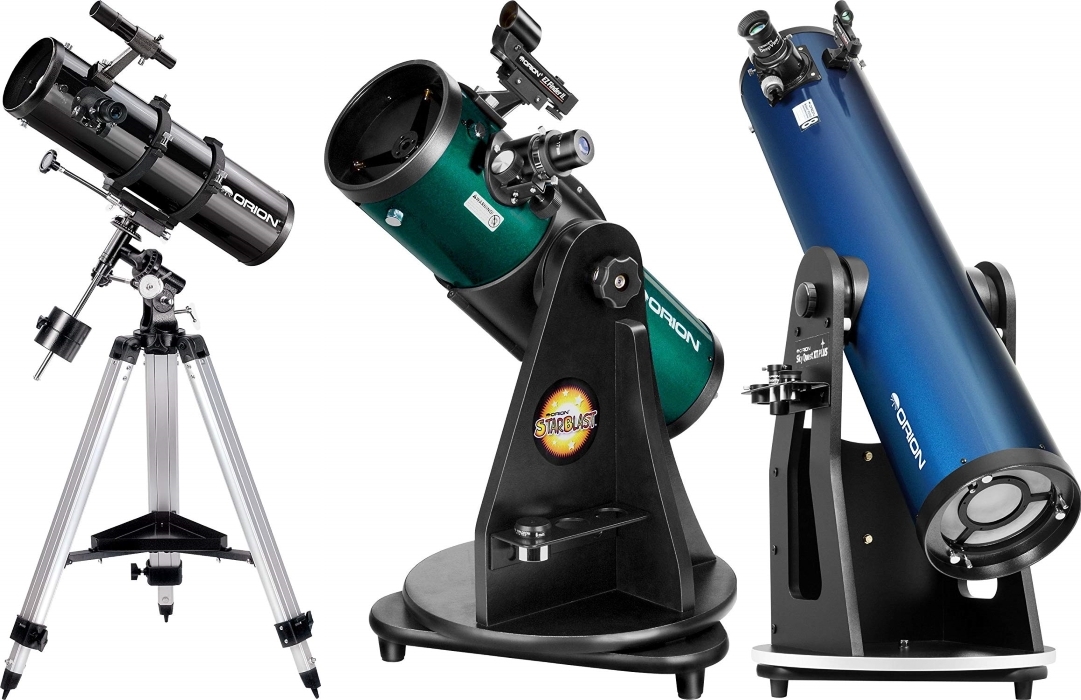

So far TESS has discovered about 5,000 planets and planet candidates. Robert Wells from the University of Bern and the NCCR PlanetS and co-author of the study.
#Good telescope portable
It features a lightweight, portable design, and since it’s easy to use, it’s a top pick for beginner astronomers.


“Our neighbor planet Venus, which is, so to speak, a CO2 rich near 500☌ pressure cooker, is also near this so-called habitable zone around the Sun,” said Dr. Best Telescopes 2022 Celestron 21023 Cometron FirstScope White The Celestron 21023 Cometron FirstScope is a popular choice for beginners, and with a wide field of view, it’s commonly used to observe galaxies, star clusters and comets. However, the habitable zone around a star where liquid water could theoretically exist-between the too distant “snow line” and the the too-close “boil zone”-doesn’t guarantee anything. She aded that the discovery of LP 890-9c is a unique opportunity to learn more about the exact position of the inner boundary of a star’s habitable zone. “LP 890-9c is located close to the inner boundary of the habitable zone and could therefore have an atmosphere that is particularly rich in water vapour, which would then boost its atmospheric signals," said Delrez. The study authors think this exoplanet could be ripe for a JWST atmosphere detection. This explains why LP 890-9c, despite being much closer to its star than the Earth is to the Sun, could still have conditions that are suitable for life.”īefore this “super-Earth” is declared even possibly Earth-like a lot more observations need to be made, specifically by the James Webb Space Telescope (JWST), which could help researchers examine its atmosphere-if it has one. “This is because the star LP 890-9 is about 6.5 times smaller than the Sun and has a surface temperature half that of our star. Pozuelos, researcher at the Institute of Astrophysics of Andalusia and one of the main co-authors of the paper. So, a telescope with a focal length of 1,000mm and a max magnification of 250x will benefit the best from a 4mm eyepiece.“Although this planet orbits very close to its star, at a distance about 10 times shorter than that of Mercury around our Sun, the amount of stellar irradiation it receives is still low, and could allow the presence of liquid water on the planet's surface, provided it has a sufficient atmosphere,” said Francisco J. Depending on observing conditions, eyepiece magnification can perform at less than 35x every inch or up to 75x.Īdditionally, if you’d like to utilize every decimal of possible magnification for your telescope, you can divide the focal length of the telescope by the total magnification. So, if you’re picking up a 127 mm (5 inch) telescope, multiply 5 inches by 50, and you have a maximum magnification of 250x.Īnything beyond this point will most likely appear distorted, fuzzy, and dim. The maximum effectiveness for an eyepiece’s magnification is about 50x for every inch of your telescope’s aperture. There is always a limit to the effectiveness of magnification, depending on the telescope’s aperture. The shorter the eyepiece focal length, the greater the magnification, and vice versa. For instance, if a telescope has a 1000mm focal length, and the eyepiece focal length is 10mm, the total magnification of the eyepiece will be 100x. Eyepieces are a collection of lenses that magnify the light gathered by the lens or mirror at the front, presenting a clear image of whatever object you may be observing.Įyepieces have their own focal length as well, which, when divided by the focal length of a telescope, determines the magnification capabilities. But, for us to view the image clearly, telescopes require an eyepiece. The objective or front-end of a telescope gathers the light and focuses it through the tube.


 0 kommentar(er)
0 kommentar(er)
